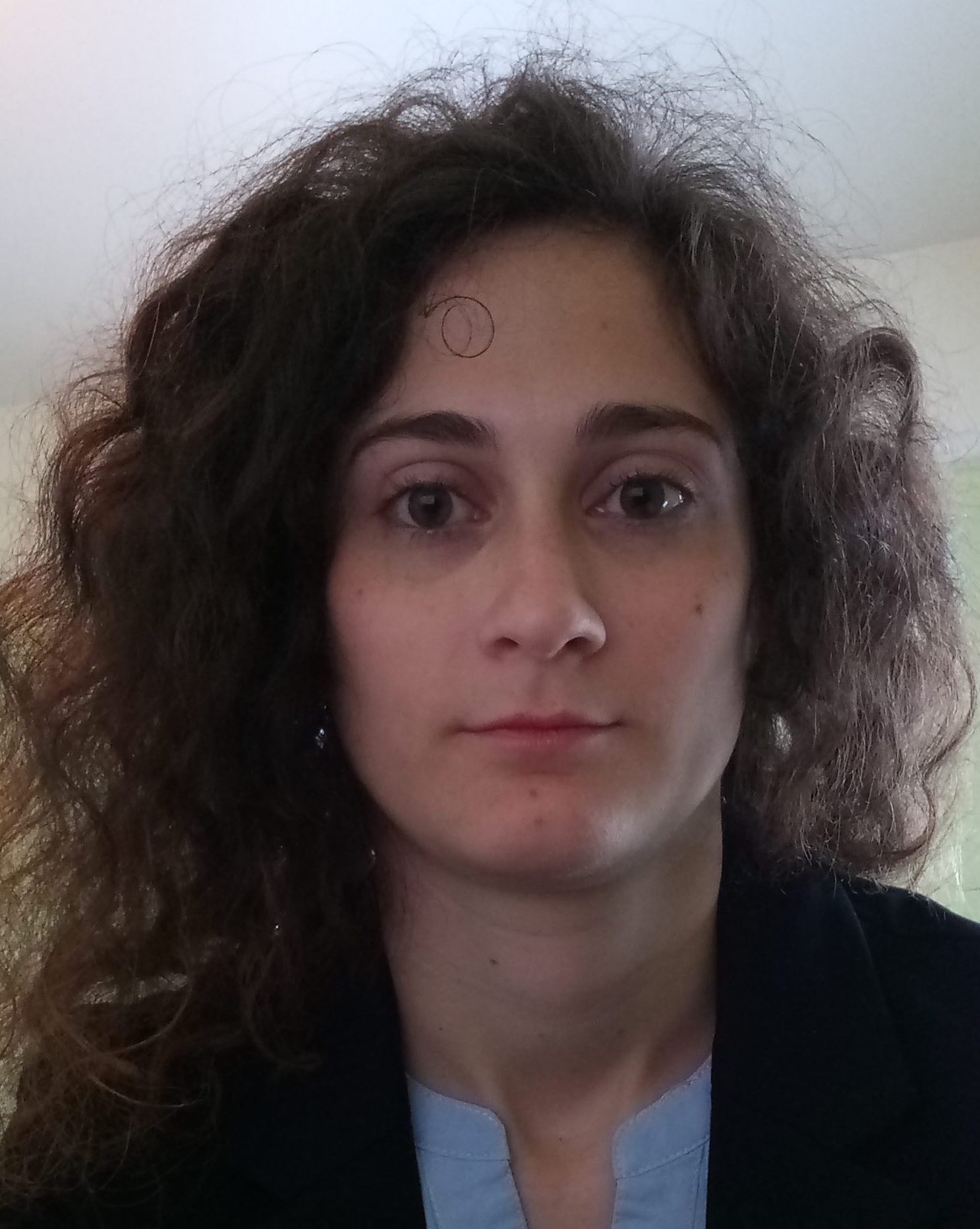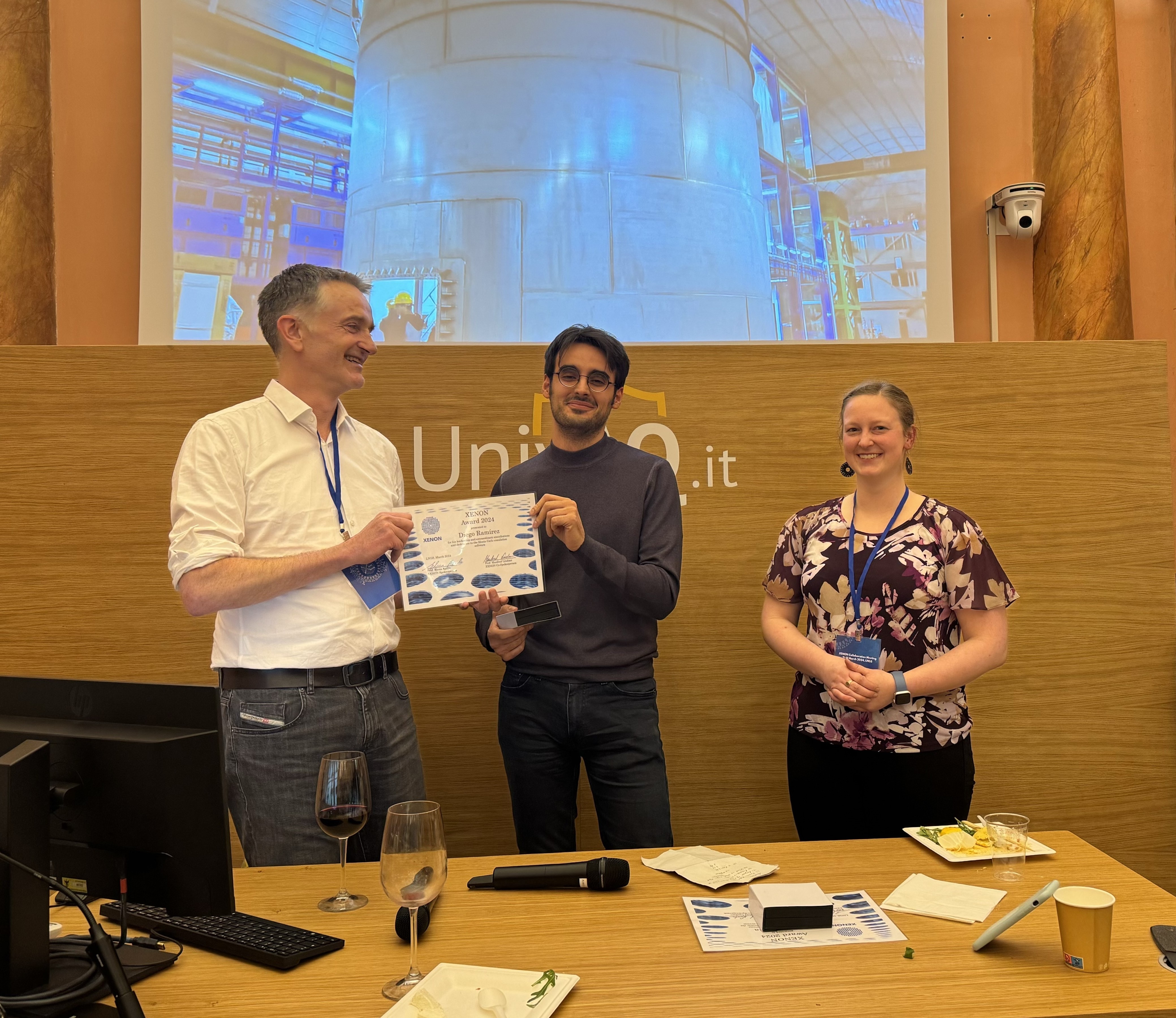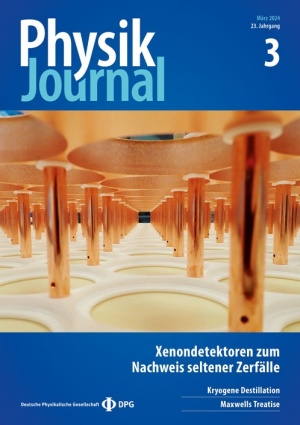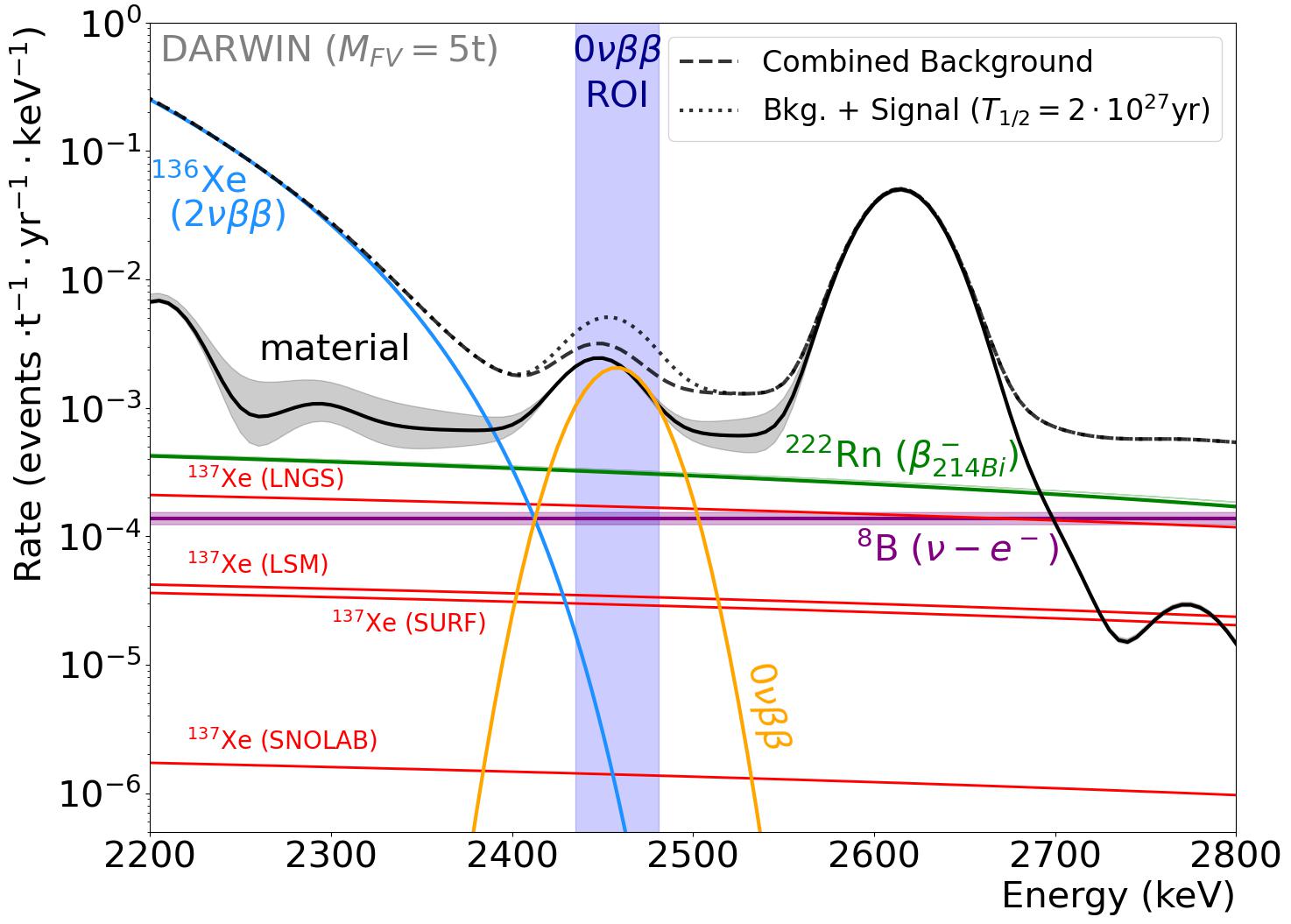Navigation auf uzh.ch
Navigation auf uzh.ch
We proudly announce our contribution to the publication of "Benchtop mesoSPIM: a next-generation open-source light-sheet microscope for cleared samples" in Nature Communications 15, 2679 (2024). This paper introduces the next-generation mesoSPIM (“Benchtop”) microscope, which features increased field of view, improved resolution, higher throughput, portability and lower cost compared to its predecessors. Designed to serve diverse applications in neuroscience and biology, this version includes specific optimizations for particle physics applications, an outcome of our collaboration with mesoSPIM developers in the context of the PALEOCCENE project. Additionally, the paper showcases our work on imaging of color centers induced by irradiation in transparent crystals, marking the first imaging of color centers within crystals using light-sheet microscopy. Looking ahead, our group is eager to continue collaborating with the mesoSPIM open-source initiative. We aim to contribute not only to the setup's design for particle detection purposes but also to develop software for data processing and identification of particle-induced signals in mesoSPIM's extensive image datasets.

As of April 1, Dr. Chiara Capelli joins the Department of Physics as an Ambizione Fellow in the group of Laura Baudis. After the completion of her master's thesis at the University of Milano-Bicocca, Chiara joined Laura Baudis group in Zurich for her PhD to conduct researches on double beta decay within the XENON experiment. After that, she spent three years as a postdoctoral researcher in the United States at the Lawrence Berkeley National Laboratory, where she continued her investigations into double beta decay with the CUORE experiment, as well as contributed to the development of multiplexing readout techniques for transition edge sensors in the CUPID experiment. Now, Chiara has returned to Zurich through an Ambizione grant. She will focus on optical measurements and the search for weak decays using liquid xenon detectors.
Welcome back!

As every year, the XENON collaboration awards its prizes to the members that have made particularly outstanding contributions to the experiment. This year, the XENON collaboration has recognised the work of our postdoc Diego Ramírez by awarding him the XENON 2024 prize "for his leadership and extraordinary contributions and dedication to the Monte Carlo simulation software". Diego performs an essential role within the collaboration since he is one of the coordinators of the simulation team. His excellent work has been acknowledged by the collaboration in the form of this annual award. Congratulations!

Future dark matter detectors using xenon will be able to measure more than signals from dark matter. An article published in the March issue of Physik Journal, co-authored by Dr. Christian Wittweg from our group, outlines how the XENONnT, DARWIN and XLZD experiments push the xenon dark matter detector technology in order to become multi-purpose physics observatories. Becoming the Swiss army knives of astro-particle physics at low energy, they intend to measure rare signals from neutrinos and rare nuclear decays. Physik Journal is a publication for members of the German Physical Society (DPG) and exceeds 60000 printed issues per month. This makes it one of the most impactful German physics publications.

Our work on the impact that the cosmogenic background can have on the search of rare physics channels with DARWIN has been published in EPJC. DARWIN is a proposed experiment that, in its baseline design, consists of a Time Projection Chamber (TPC) immersed in 40 tons of liquid xenon. The low intrinsic background of the system makes DARWIN sensitive to rare physics channels, such as WIMP detection or neutrinoless double beta decay, among others. However, the cosmic muons are always crossing the detector and are a source of background that cannot be fully suppressed, but mitigated by placing the detector underground. The location of the experiment has not yet been decided and simulations are crucial to estimate the impact of the cosmogenic background in the search of these physics channels. In this paper, we present a study of this background for several underground laboratories that are suitable locations for the DARWIN experiment.